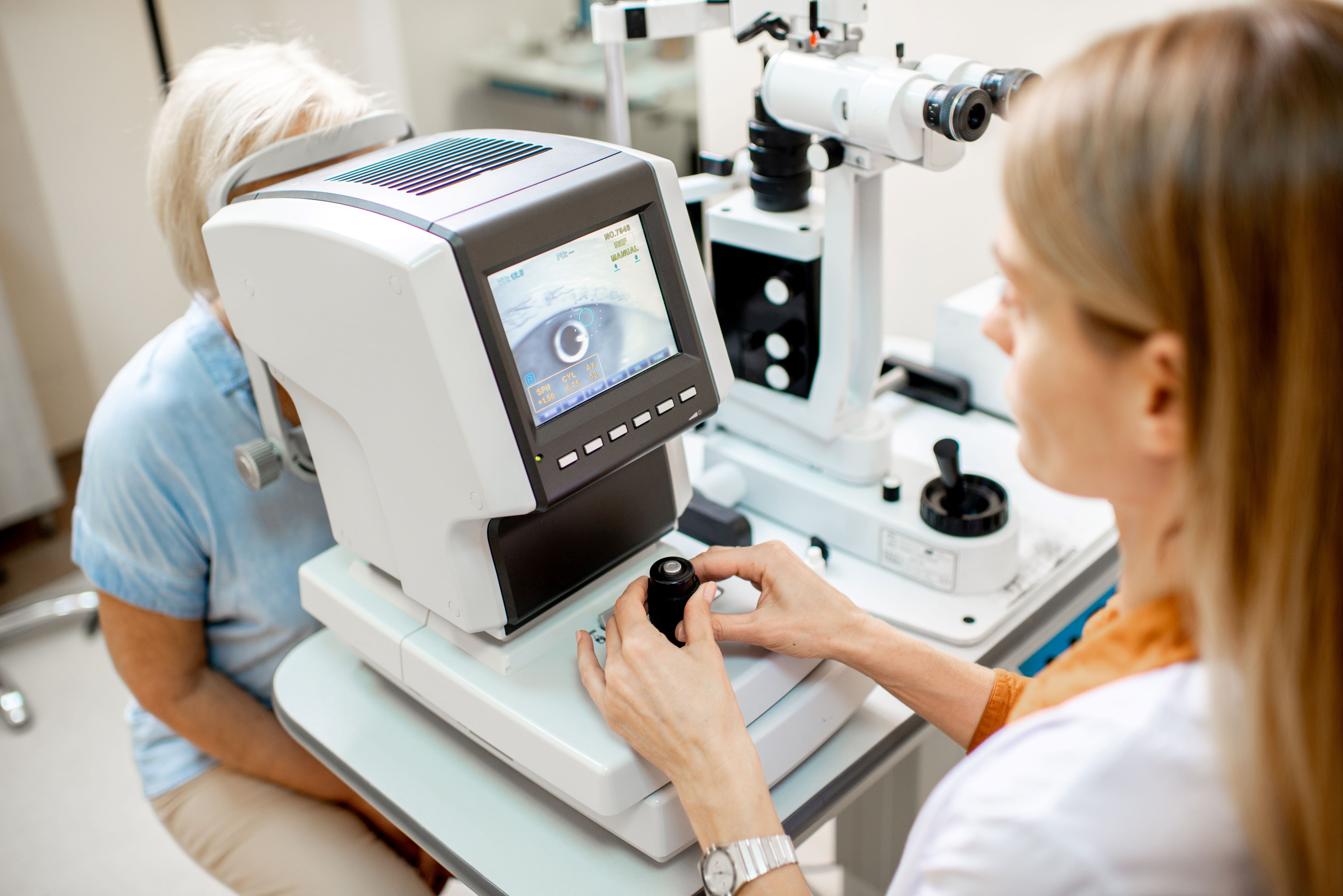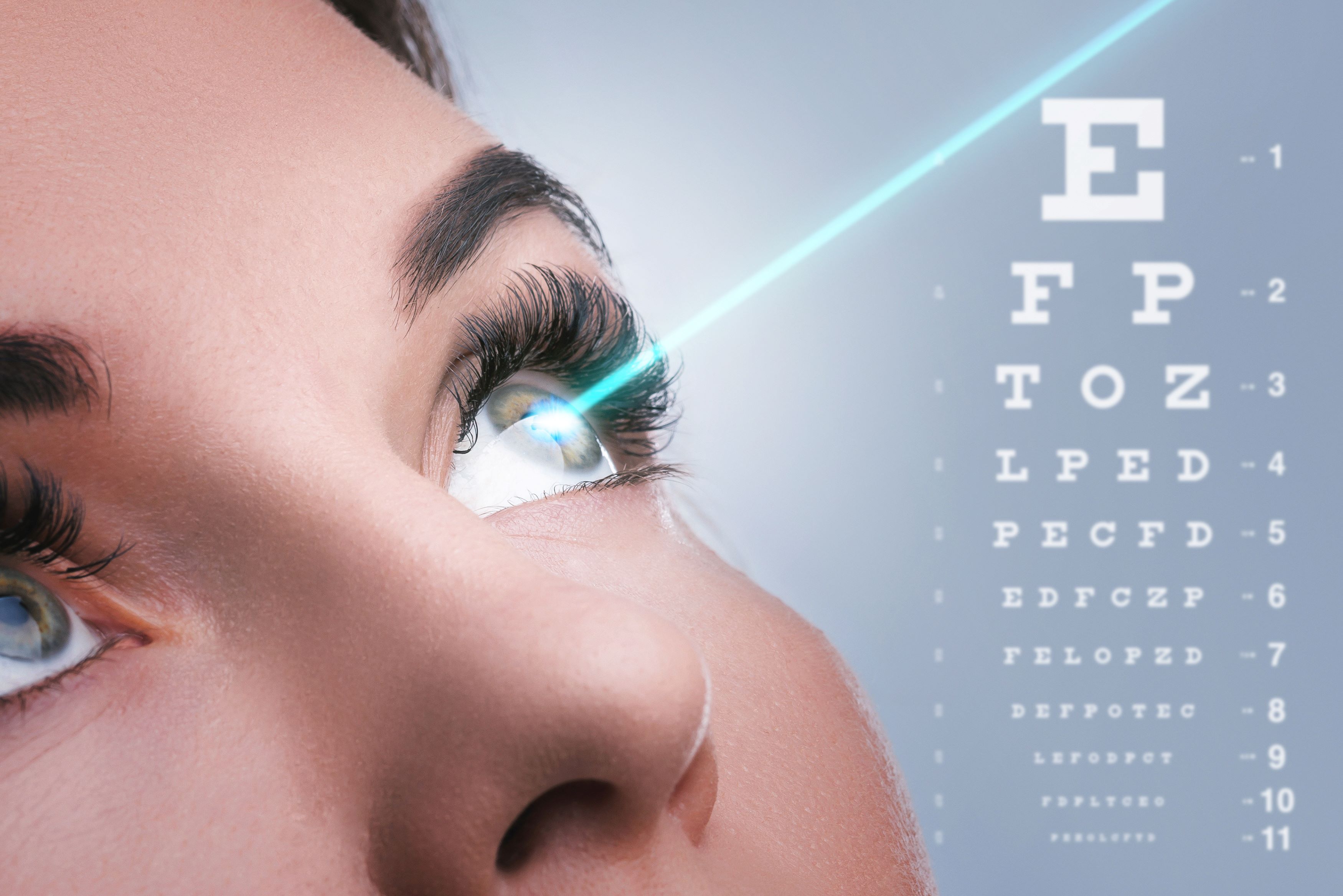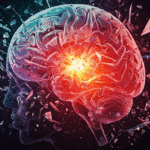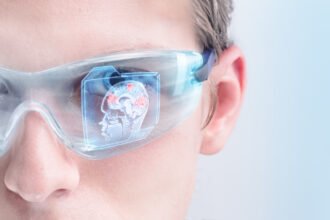Your eyes may be the window to your soul, but they’re also keys to experiencing a full life. Vision plays a key role in seeing, experiencing, and understanding the world. Yet, 2.2 billion people have near or distance vision impairment, around half of them either preventable or unaddressed, according to the World Health Organization.
- Equipment Calibration
- Tonometry
- Slit Lamps
- Aberrometry
- Optical Coherence Tomography (OCT)
- Fundus Photography and Fluorescein Angiography
- Emerging Technologies
- · Artificial Intelligence (AI) Integration
- · Adaptive Optics
- · Advanced Biophotonics
- · Augmented Reality (AR) Retinal Cameras
- Technologies for Sharper Vision
Many eye diseases, like glaucoma or diabetic retinopathy, progress silently in their early stages. By the time you notice vision changes, the damage might already be significant. Early diagnosis and proper treatment are crucial. Using ophthalmic diagnostic devices, An eye care professional catches conditions early, potentially preventing vision loss.
Ophthalmologists and optometrists rely on a whole arsenal of high-tech equipment to diagnose and monitor eye conditions. We’ll discuss the technology responsible for letting them see what’s happening underneath your eyes.
Equipment Calibration
Just as precise instruments are crucial for an orchestra, accurate equipment is vital in ophthalmic diagnostics. Think about it: a faulty tonometer reading—which measures intraocular pressure—could lead to a missed glaucoma diagnosis. Regular calibration is essential to guarantee the reliability of these instruments. This involves using specialized tools and procedures to ensure the devices are measuring and displaying information correctly.
Caliball Precision Spheres are highly polished, perfectly round spheres used to calibrate various ophthalmic instruments. They provide a consistent reference point for calibrating equipment, ensuring the measurements your doctor takes are precise and consistent. Regular calibration with Caliball spheres helps maintain the accuracy of several diagnostic instruments, leading to more confident diagnoses and effective treatment plans.
Tonometry
Eye pressure, also known as intraocular pressure (IOP), is a crucial factor in diagnosing glaucoma. This condition is caused by increased pressure within the eye, which can damage the optic nerve and lead to vision loss.
Tonometers come in various forms, but they all measure the force exerted by the fluids inside your eye. Some use a puff of air (air puff tonometry), while others gently touch the surface of your eye (applanation tonometry). Although the experience can be surprising, it’s a painless and quick measurement that helps assess your risk of glaucoma.

Slit Lamps
Contrary to its name, a slit lamp is a microscope with a powerful light source that can be adjusted into a thin slit. This allows the doctor to get a magnified view of different parts of your eye, from the cornea and iris to the lens and even the deeper structures like the vitreous.
The doctor can use dyes to highlight specific areas and assess potential issues like cataracts, corneal ulcers, or inflammation. It’s a versatile tool that’s been around for decades but remains a crucial part of any eye exam. As such, it can be considered the workhorse of ophthalmic diagnostics.
Aberrometry
Nearsightedness or farsightedness are only a few vision problems. Aberrations in the shape of your cornea or lens can cause higher-order aberrations, leading to blurry vision, halos, or starbursts around lights.
Aberrometry uses a wavefront sensor to measure how light travels through your eye. This detailed information helps doctors understand the specific type of vision imperfection you’re experiencing. It allows them to prescribe the best possible correction, whether it’s glasses, contacts, or laser in-situ keratomileusis (LASIK) surgery.
Optical Coherence Tomography (OCT)
This technology enables a cross-sectional view of your retina, the light-sensitive layer at the back of your eye. OCT uses light waves to create high-resolution, three-dimensional images of the retina and other structures in the back of the eye. It’s like a super-powered ultrasound, but instead of sound waves, it uses light to create a detailed picture.
OCT is valuable for diagnosing and monitoring conditions like glaucoma, macular degeneration, and diabetic retinopathy. By looking at the thickness and health of different retinal layers, doctors can detect early signs of disease and track their progression.
Fundus Photography and Fluorescein Angiography
A good photograph can tell a story. That’s why eye care professionals rely on fundus photographs to capture a detailed image of the inside of your eye, specifically the retina and the optic nerve. Using an ophthalmic equipment called binocular indirect ophthalmoscope (BIO), doctors can see a wider field of view and in 3D compared to other ophthalmoscopes. This allows them to document the health of your eye and monitor any changes over time.
Fluorescein angiography takes things a step further. It helps identify leaks or blockages in the retinal blood vessels, which can be signs of conditions like diabetic retinopathy or macular degeneration.
Emerging Technologies
The field of ophthalmic diagnostics is constantly evolving. Researchers are developing new technologies that can revolutionize diagnostic equipment and procedures through:
· Artificial Intelligence (AI) Integration
This highly adaptable technology may soon be used to analyze images from OCT and fundus photography, allowing for faster and more accurate diagnoses.
· Adaptive Optics
This may soon be used to correct for aberrations in real-time during an eye exam, providing a more accurate picture of your underlying vision quality.
· Advanced Biophotonics
This technology holds promise for non-invasive ways to measure blood flow and oxygen levels in the retina, offering valuable insights into retinal health and potential diseases.
· Augmented Reality (AR) Retinal Cameras
Eye doctors can potentially use an AR headset to overlay real-time information on a patient’s retina during an examination. This could allow them to visualize anatomical structures, analyze data from other diagnostic tools like OCT, and even guide surgical procedures with greater precision.
As technologies and new products are being developed, we can expect even more sophisticated tools to help doctors see clearly and ensure the long-term health and protection of our precious vision.

Technologies for Sharper Vision
The world may seem blurry sometimes, but thanks to these technologies, eye doctors are equipped with powerful tools to see what’s really going on inside our eyes—unraveling the mysteries behind our vision.
These advancements are paving the way for eye care that’s even more precise, personalized, and accessible for everyone. Healthy eyes can open doors to a world of possibilities, and these tools can help you see them clearly.







